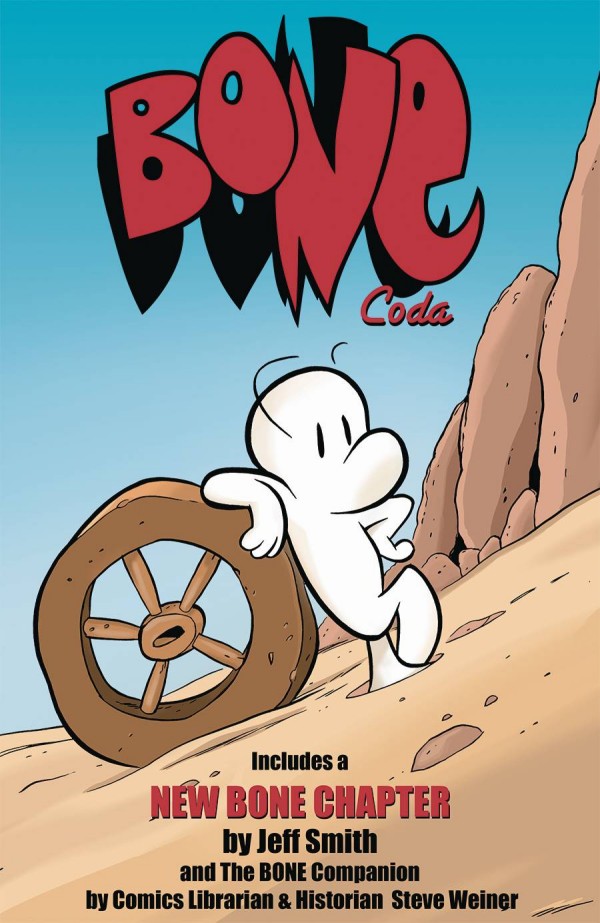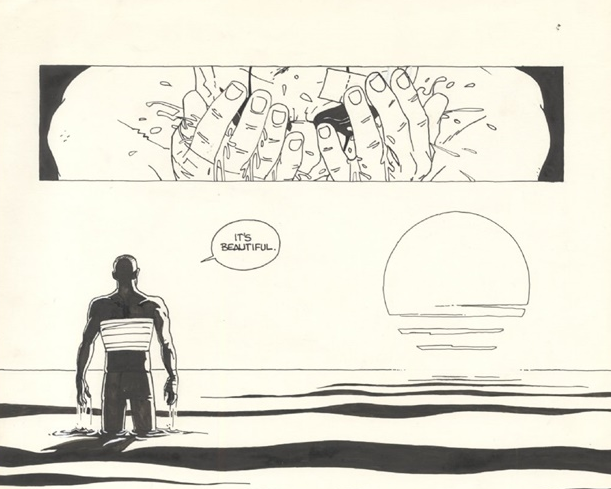

Road trips feel like a memory of the past right now. So to make for time on the road, I’ve fallen down a YouTube rabbit hole of travel videos, particularly the channel of one young, married couple who spent the years before 2020 traveling from country to country. With the pandemic, their international travel has transformed into traveling all around the United States in a converted sprinter van. Even though I rarely get to take advantage of it, I love traveling and seeing new parts of the country and the world. These videos have somewhat fed and satisfied my own desire to hit the road again. But through these videos, it’s fun to remember what road trips were like, being able to just drive down the open road experience the people and places from all over. Whit Taylor’s new comic Montana Diary fills a similar need for me as she recounts a trip that she and her husband took a couple of years ago to western Montana. Montana Diary is a bit like those YouTube videos I’ve been watching lately but it’s also so much more than those are.
There’s a type of travelogue that’s basically just a history lesson. While she dips into history, she avoids the trap of getting lost in just regaling her audience with facts they could find in any guidebook of the state. On the surface, she finds a balance between sharing facts about the origins of Glacier National Park and the more important stories of York, William Clark’s (of Lewis and Clark) “body servant,” the only black man on that historic 1803 expedition to chart the recently acquired western territories. Taylor uses this trip with her husband as a launchpad to briefly explore the American west, to provide a fun glimpse into her relationship with her husband, and also to explore what it means for her, a black woman, to be traveling across the country with her white husband.

Taylor’s comics largely start with an experience, the foundation of most autobiographical comics. There’s a time or an event that the cartoonist wants to recreate on the page. For Taylor, her starting point is this trip where we are seeing most likely just small glimpses of the whole thing. But what she’s able to do is capture these moments with only a few clear and easy lines. Her goal is not to recreate these scenes down to the most microscopic and realistic details. Instead, she creates impressions of her experiences, whether it’s the bit of history that she’s learned about Montana, a depiction of the scenery she’s enjoying, or the back and forth she has with her husband.
She finds these experiences to share that provide her openings for even deeper observations of those experiences. This allows her to explore the past and the present, creating a link between the events around her and the history that has led to those events. As she sees more of Montana, she comes back to York’s story. He was a black man and a slave, owned by Clark, and he was a key part of the Lewis & Clark expedition. This observation of the past opens Taylor’s narrative up to explore how complex and twisted race relations were in the frontier days and just how far we’ve come without yet having gone far enough. Taylor is a black woman traveling with her white husband through areas that to this day have people who have a tough crime wrapping their heads around the idea of a mixed-race couple. She relates how sometimes she lets her husband take the lead in talking to people they met on this trip because they may be more used to dealing with a white man.

Her experiences on this trip lead to these observations. It is not just enough that this trip happened. By turning it into a comic, Taylor frames these events to explore deeper reflections about them. It’s a style of self-editing by the cartoonist to find the moments that she wants to share with her audience. Everyone from Joe Sacco to Gabrielle Bell to John Porcellino does this, stitching together a story and leaving a lot of events and experiences on the cutting room floor. And we’ve all read autobio comics by cartoonists who have no sense of what events should and shouldn’t go on a page, those rambling catalogs of “this happened and then this happened next and then this led to that…” Taylor shapes a story out of this car trip and plucks out the moments that deserve more time with her and with her audience.
That’s where Taylor gives so much more than those YouTube videos that I’m slightly hooked on now. (I know I have a problem. I swear, I’ll get help but first let me just watch one last video about a train trip they took two years ago through Borneo.). These videos are mostly strictly about and focused on the experiences of this couple, being filmed with a handheld camera as they’re happening. They’re fun, colorful, and somewhat make me long for a car trip, a plane trip, a train trip, or anything that gets me out of my house for the first time in months but they’re rarely deeper than that; at least the videos that I’ve watched aren’t. From these videos, there’s no real exploration of the people or the events. They’re just something that happened to this couple before they moved on to the next plane and the next hotel.
Taylor’s comic gives you a lot to think about where so many travelogues are just like “when you go here, you’ve just got to eat at Billy Joe Bob’s diner.” She constructs Montana Diary (and really, a lot of her comics are built this way) around experience, observation, and reflection. She relates the events but she also provides context (the observation part) as she explores history, thoughts, and emotions around it. For as much as you learn about Montana from her book, you learn even more about Taylor from this comic. It’s great to come away from a comic like this feeling like you’ve shared at least a part of the experience with the cartoonist and that’s what Taylor does in her cartooning. It’s not quite walking a mile in her shoes but it is a bit of coming away from the comic with a bit of an understanding of how someone else who’s not you sees and understands the world that’s around all of us.
Montana Diary













